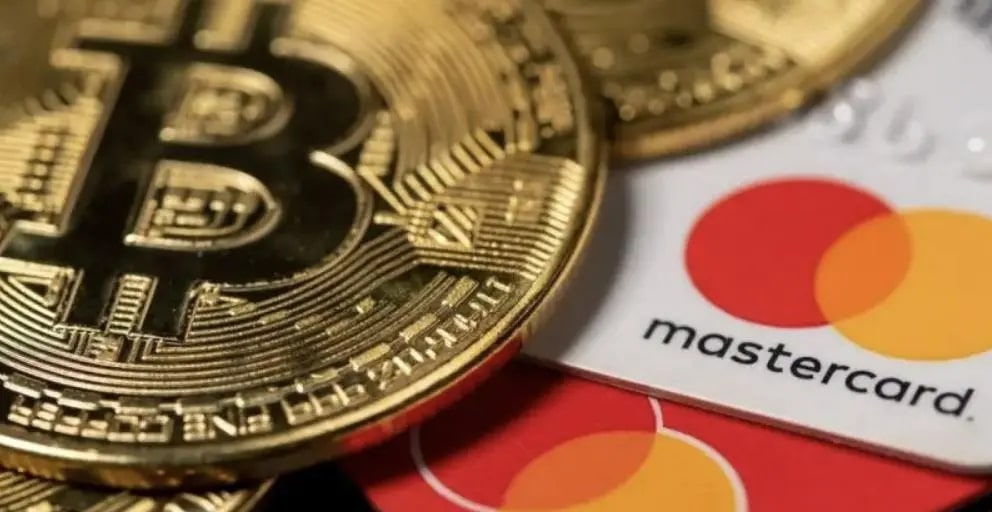Mastercard Embarks on Multi-Token Network, Pursues “Venmo-Like” Crypto Experience
Key Takeaways:
- Mastercard is developing its Multi-Token Network (MTN) for digital asset payments.
- The network aims for a compliant, user-friendly experience in the vein of popular payment apps.
- This strategy for digital assets is backed by substantial investments and strategic partnerships.
Mastercard Sees a World of Payments on the Blockchain — Letter to Financiers Explains Its Multi-Token Network
Mastercard is making significant strides in advancing its blockchain and cryptocurrency initiatives. Central to this strategy is the company’s Multi-Token Network (MTN), launched in 2023, which aims to replicate the success of its traditional payment systems in the digital sphere.
The goal is to provide robust infrastructure for digital asset transactions, serving consumers, merchants, and financial institutions. By leveraging its global presence, Mastercard seeks to standardize digital asset transactions, ensuring interoperability across different financial ecosystems. It means developing a platform similar to popular peer-to-peer payment applications, which could revolutionize the way users interact with blockchain technology. Mastercard’s executive vice president of blockchain and digital assets, Raj Dhamodharan, explained that the crypto space still doesn’t have the type of fully compliant framework or consumer experience that you see with something like Venmo or Zelle in the US.
A Structured Overview of the Features and Functionality of the Multi-Token Network
To achieve seamless compliance and user experience, the Multi-Token Network combines on-chain and off-chain asset flows. Those were built on Mastercard’s private blockchain and they introduce digital asset functionality into commercial bank money. With almost 60 years of network-building experience, Mastercard brings its knowledge of governance and safety standards to MTN.
The use cases for financial institutions include tokenizing customer deposits and managing their entire lifecycle (minting, burning, transferring tokens). Application providers benefit from secure tokenized deposit transactions and so-called faster payments—potentially 24/7 real-time interbank settlement—without the need for complex blockchain integration. Programmability of the network also makes complex payment orchestration easier — enabling new business models and seamless digital asset commerce like trading in tokenized assets.

Tactical Push: Strategic Partnerships, IP Patent and Consumer Focus
Mastercard has been committed to blockchain technology by investing heavily since 2015, filing more than 250 blockchain-oriented patents, and funding 43 blockchain startups through its accelerator program. Mastercard is partnering with JPMorgan Chase and Standard Chartered to explore cross-border payments and carbon credit tokenization.
A key objective for Mastercard is connecting the fiat and cryptocurrency worlds for its millions of users. Mastercard has launched more than 100 crypto-themed card programs worldwide. He stated that the enabling of capital flow and spending power for consumers — which involves 3.5 billion cardholders — hinges on the whole sector’s success. The partnership of FintechOS and Mastercard combines capabilities with the power of Mastercard’s extensive scale and reach to streamline the movement of funds between the two worlds of finance, he said.
Adapting to Crypto: Struggles and Solutions
While progress is significant, challenges remain. There are ongoing concerns at all levels—both institutional and consumer—regarding the real-world market valuation of blockchain usage. As Mastercard builds its infrastructure, the firm is also thoughtfully assessing the security risks tied to digital assets. But more recently, clarity in terms of regulatory framework for crypto has been coalescing under more favorable conditions.
Despite 2022’s high-profile crypto failures hampering some sectors of the industry, Mastercard’s strategy here suggests they’re bullish on the future of blockchain — and they’re actively recruiting talent to help build that future. Dhamodharan said the current environment for crypto is fast-moving and dynamic. Mastercard’s push towards a Venmo-like crypto experience is a serious strategic move that addresses adoption hurdles and uses its established strengths.
The post Mastercard Embarks on Multi-Token Network, Pursues “Venmo-Like” Crypto Experience appeared first on CryptoNinjas.
CryptoNinjas





















